The country of Romania is located in southwestern Europe, bordering Moldova, Ukraine, Hungary, Bulgaria and Serbia. The country's population is about twenty million people. There are more than three hundred settlements in Romania that have city status. 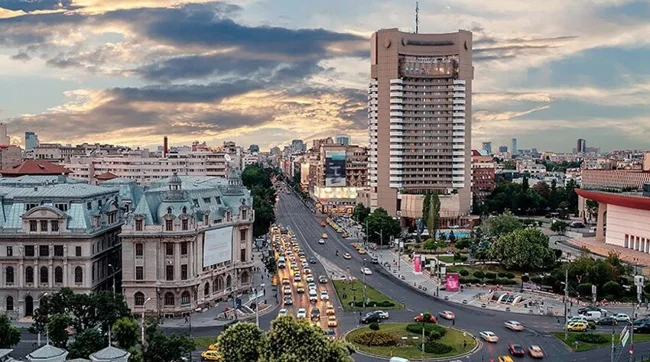
All cities in the country have a history that dates back to the Middle Ages or even earlier. Every year the Transylvanian and Sibinium Film Festivals are held in Romania. Music lovers can visit the pop music festival in Tulcea, the art festival in Brasov and the spring festival in Chotenia.
Romania is located at the crossroads of many European highways. Bucharest is a major transport hub. In addition to road and rail transport, sea and river transport is thriving in the country. The city of Constanta is the main port of the country. Romania is not deservedly deprived of the attention of tourists. Although the spirit of the mystical and romantic Middle Ages reigns there.
Bucharest
The capital of Romania with a population of about 2 million people: Romanians, Roma, Hungarians. The Palace of Parliament, built under socialism, is comparable in size to the Pentagon building. The city has a developed metro network: four lines, good bus service between districts. Bucharest loves tourists who come to see the city. Among the attractions there are: a village museum, a peasant museum, palaces.
Population – 2106 thousand people (2016) 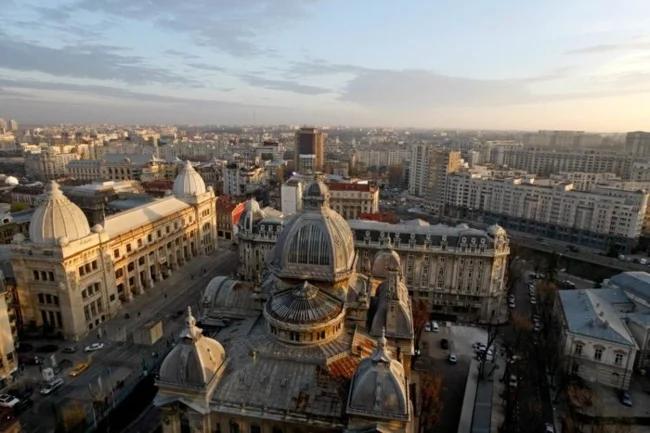
Craiova
The city's population is about 400 thousand, mostly Romanians. After Bucharest, it is the second city in Romania in terms of the presence of architectural monuments. In Craiova, like in many European cities, there is a part of the city where traffic is prohibited. The city is very beautiful. It is similar to Prague, and Dresden, and all European cities with tiled roofs and ancient architecture. The city's infrastructure is not very developed.
Population – 387 thousand people (2016) 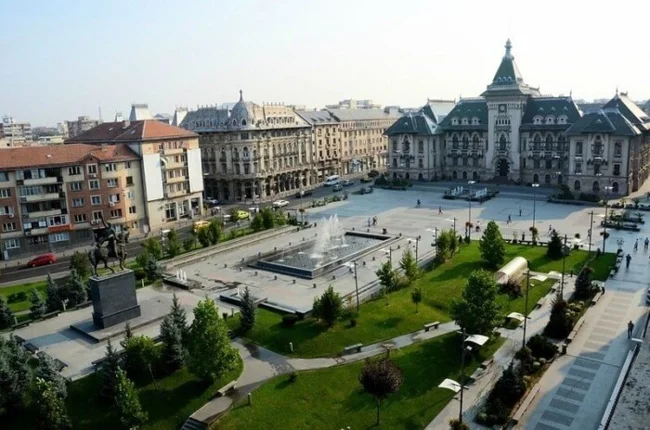
Iasi
The former capital of the Moldavian principality, now the administrative center and cultural capital of Romania with a population of more than 362 thousand people. The university and theater first appeared here in Romania in the 19th century. The city is famous for the magnificent painted monasteries of Moldovica, Sucevita, Putna, and the powerful ancient fortresses of Targu Neamta, Suceava. The Bicaz gorge surprises with its natural beauty. The city organically combines ancient buildings and modern buildings made of concrete and glass.
Population – 362 thousand people (2016) 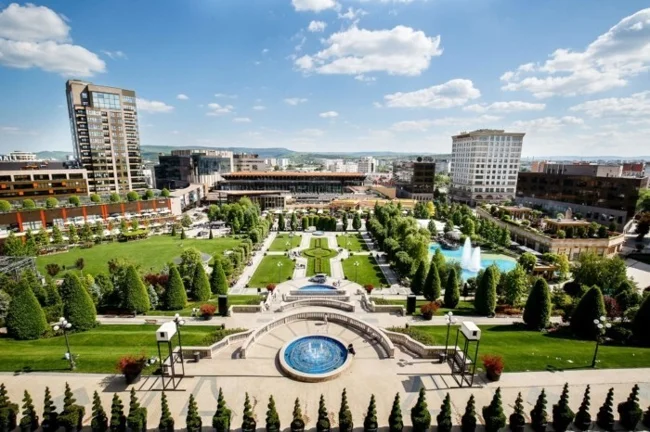
Cluj-Napoca
Until 1974 it was called Cluj (Kolozsvar). The population is more than 300 thousand, 80% of them are Hungarians. Cluj-Napoca is located in the center of Transylvania. The city is famous for its university. The city has a vibrant student nightlife. Noteworthy is the Gothic building of the Church of St. Mikhail. This is a Roman Catholic church from the 14th century. Banfi Palace was created in the Baroque style of the 18th century. It is interesting that in many cities of Romania there are monuments to the Capitoline wolf, which connects Romania with Rome.
Population – 324 thousand people (2011) 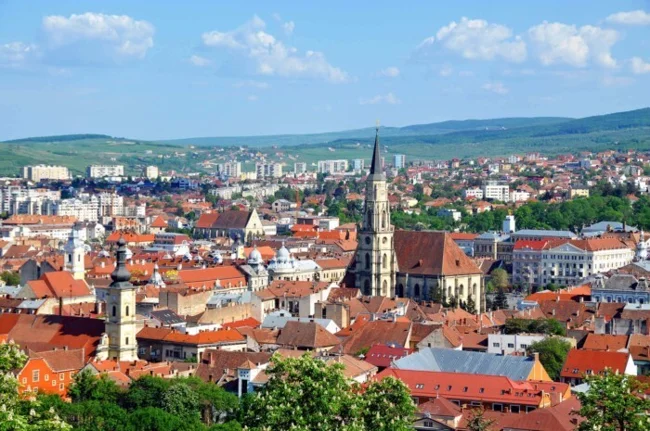
Timisoara
The city is also called “little Romanian Vienna”, which was not bitten by vampires. A fictional vampire lays “golden eggs” for his country. Where his pale foot stepped, kiosks with magnets grew. You can get around Timisoara in a day. The city was built in the Austro-Hungarian Baroque style. The main attractions are distributed across three squares: Victory, Unification and Freedom. Many buildings in the city require restoration.
Population – 319 thousand people (2011) 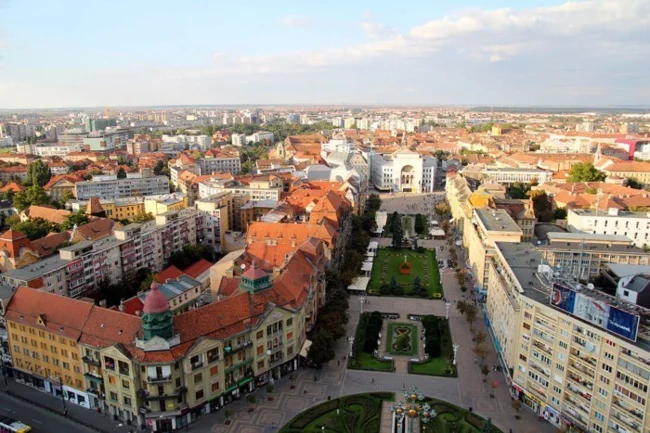
Constanta
Black Sea port of Romania with a population of about 300 thousand people. Tourists in this city are a rarity. In the city you can find mosques and old madrassas. Constanta is a holiday destination with low prices. In the center of the city, Soviet gray residential buildings with chaotically stuck windows have been preserved. The city has many museums, such as the National Maritime Museum. The old casino, which has not been operating for a long time, is a kind of symbol of the city. After World War II there was a restaurant in this building.
Population – 283 thousand people (2011) 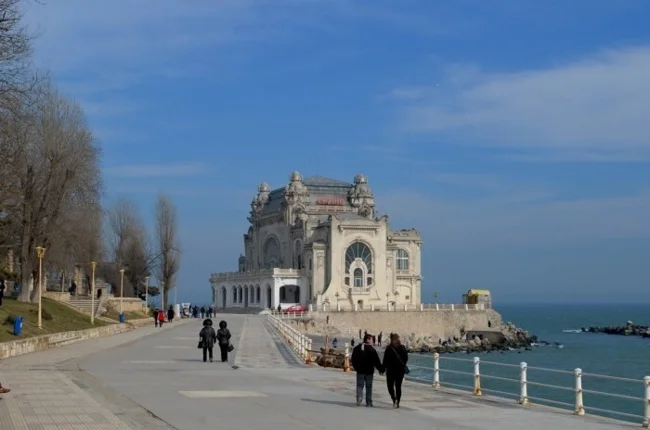
Galati
The population of the city is about 249 thousand people according to the 2011 census. Galati is a port city at the mouth of the Danube River. The walls of the Church of St. Mary XVII century. The most beautiful place in Galati is the botanical garden. Since April, the botanical garden has flowers and water. It can be visited for free on every last Friday of the month. Tourists like the aquarium in Galati. Piranhas and other fish are bred there. For tourists, Galati is more of a transit city on the way to the cities of Bulgaria: Golden Sands or Varna.
Population – 249 thousand people (2011) 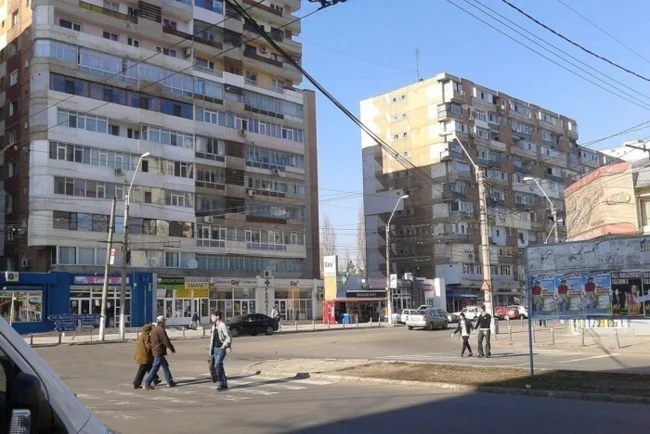
Ploiesti
It is located 56 kilometers from Bucharest in the historical area. The city is located on the Lower Danube Plain at the foot of the Southern Carpathian Mountains. Mentioned since the 16th century. In 1854, large oil deposits were discovered near the city of Ploiesti. The city became a major oil-producing center, which the Nazis took advantage of during the Second World War. Germany received over 30% of its petroleum products from Ploiesti. Orthodox churches from the 16th and 17th centuries have been preserved in the city. Ploiesti is the center of the leading oil-producing region of Muntenia.
Population – 233 thousand people (2016) 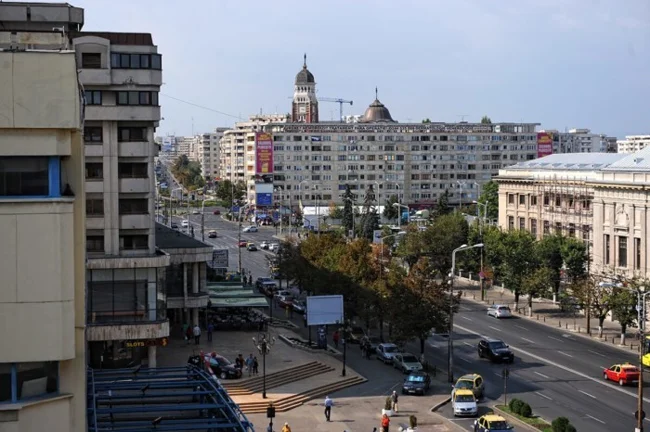
Brasov
The Saxons appeared on Romanian soil in the 13th century. In the old part of the city, Saxon Gothic quarters have been preserved. The first printing house in Transylvania was opened in the city of Brasov. The city is distinguished by romantic old streets and is located in a ring of mountains of the eastern Carpathians, which attracts many skiers. Thirty kilometers from the city is Bran Castle, the refuge of the cruel Count Dracula (Vlad the Impaler), who terrorized the population of Transylvania.
Population – 290 thousand people (2016) 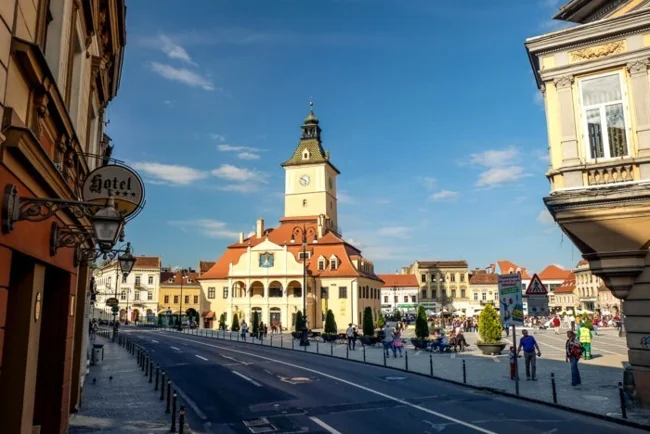
Braila
The city was founded by the Greeks in the 5th century BC as a port on the Danube River. Cargoes from sea vessels were transferred to river vessels and back. At that time the city was called Prohilia. After the city was conquered by the Turks. It became known as Braila. The Turks built a huge number of fortifications. The buildings of the Roman Orthodox and Greek churches, fountains and the theater of the 19th century have been preserved in the city.
Population – 180 thousand people (2011) 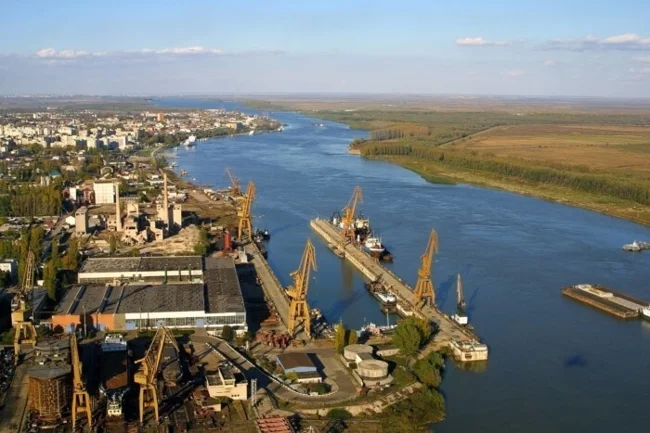
Oradea
The city is located on the border with Hungary in the valley of the Krisul-Repede River. The first mentions of the city were in the 12th century. The ruins of the Oradea fortress have survived to this day. In the 18th century, the city was built in the Baroque style. There are many Soviet houses on the outskirts of the city. Unification Square is impressive. In the center of the snow-white square there is a monument to the governor - Mikhail the Brave. On the square there is the Black Eagle Palace, the Moon Church, opposite the Church of St. Nicholas, the Episcopal Palace of the Greek Catholic Church and the Town Hall building. And this is not all the monuments of the city of Oradea.
Population – 196 thousand people (2011) 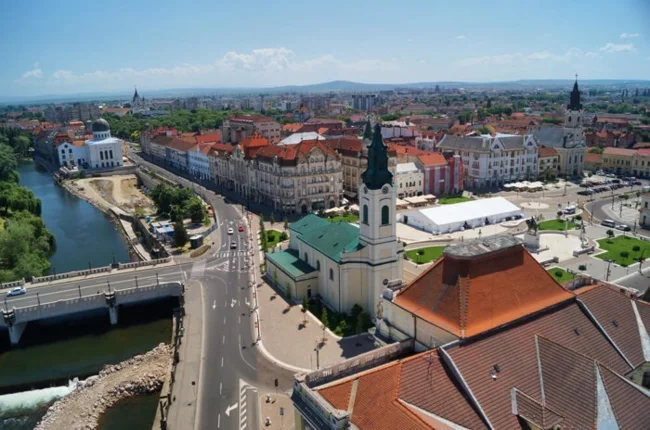
Pitesti
The city of Pitesti is a center of science, education and culture. In addition, it is a large industrial city with a developed automotive and petrochemical industry. There is an institute for nuclear research. The city was built on the banks of the Arges River. Not far from the city there is Lake Vidraru with a dam. There are two reservoirs in the city. There are a large number of architectural monuments, churches, and theaters in Pitesti. In the city center there is a musical fountain, the best in Eastern Europe.
Population – 155 thousand people (2011) 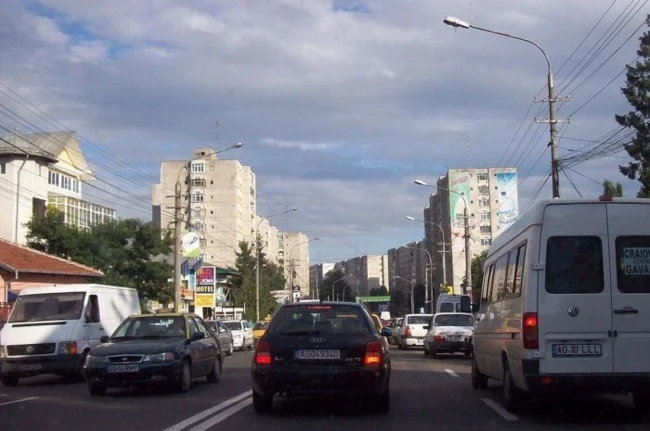
Arad
Located on the Maros River near the Hungarian border. The first mentions of the city are from the 11th century. The population is about 160 thousand people, 85% of them are Romanians. Arad is an important transport and industrial hub in Romania. The city has developed mechanical engineering, production of chemicals, building materials, furniture, textiles, and footwear. There is also a food industry. Just a hundred years ago, the city of Arad could compete with Budapest and even Vienna in terms of living standards. Now the city is hopelessly behind and does not have such bright prospects. But magnificent architectural structures remained - monuments of former greatness.
Population – 159 thousand people (2011) 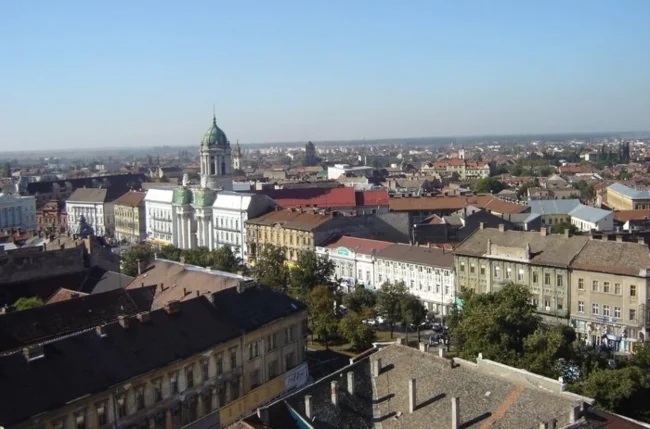
Baia Mare
The history of the city began in the 14th century. Baia Mare is one of the most developed cities in the Transylvania region. The city is located near the Ignis and Gutai mountains. There are ski slopes in several places. Until 1989, the basis of the economy was mining enterprises. Ore production has decreased. The most prominent landmark is the Gothic-style Stephen's Tower. It was previously used as a fire tower. The Museum of Mineralogy is also of interest to tourists.
Population – 147 thousand people (2016) 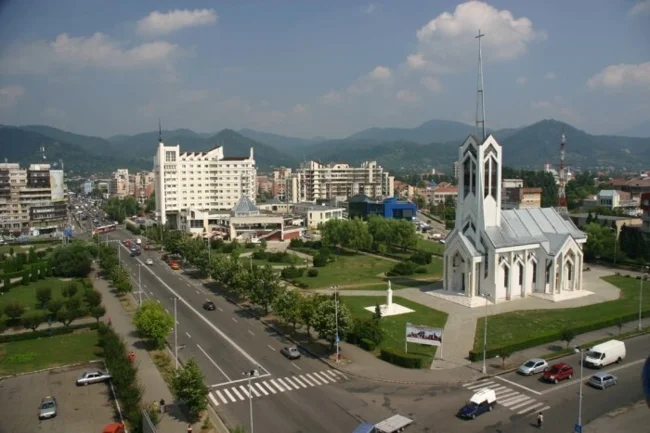
Sibiu
Center of the Transylvanian Saxons, with a population of about 400 thousand people. It was first mentioned in the 12th century. The area of 121 square kilometers accommodates three large squares of the Upper Town, a considerable number of architectural monuments, museums, cathedrals, and there is a synagogue, which is no longer operational. Baron Samuel von Bruckenthal, who lived from 1721 to 1803, a native of Sibiu and the governor of Transylvania, built his residence here. Later he placed a collection of paintings in it. This is the best classical composition in Eastern Europe.
Population – 397 thousand people (2017) 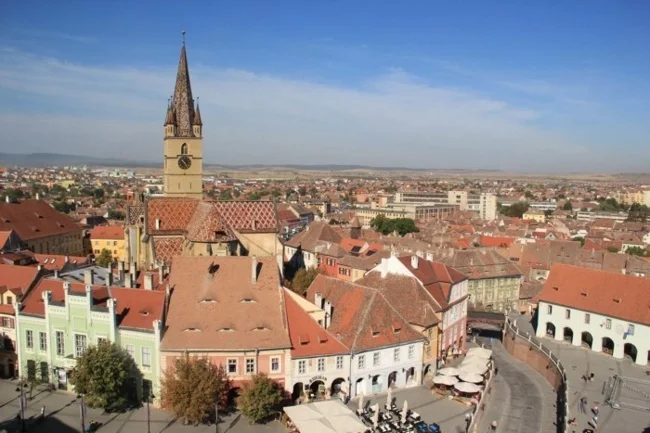
Bacau
The city is located on the Bistrica-Moldoviana River in the foothills of the Carpathian Mountains. The history of the city begins in the 15th century. The population of the city of Bacau is more than 144 thousand inhabitants. Two hydroelectric power stations, Bacau I and Bacau II, were built on the river, supplying electricity to most of Romania. Bacau is connected to the capital and other cities of the country by major highways. There is an international airport and a railway station in the city. In addition to architectural monuments, national parks and nature reserves in the vicinity of the city will be interesting to visit.
Population – 144 thousand people (2011) 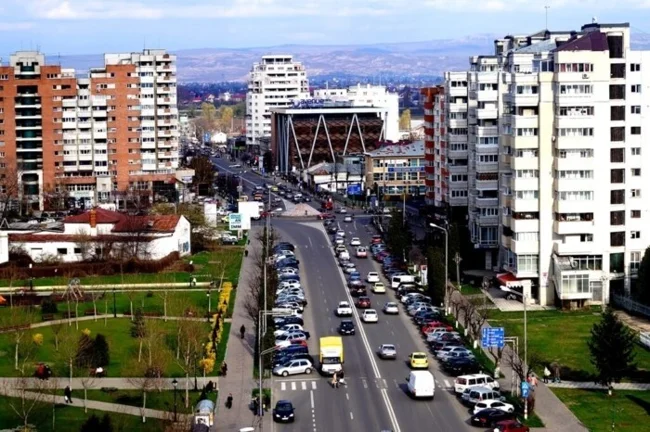
Targu Mures
Previously, the city was inhabited mostly by Hungarians. Currently, Hungarians and Romanians are fifty-fifty. There are two officially recognized languages in the city of Tirgu Mures. You can't help but like the city. Fairs have been held in Tirgu Mures for a long time. In summer, the city has Mereshul Park and outdoor swimming pools. You can go boating on the Mures River. There are rapids of the second category.
Population – 134 thousand people (2011) 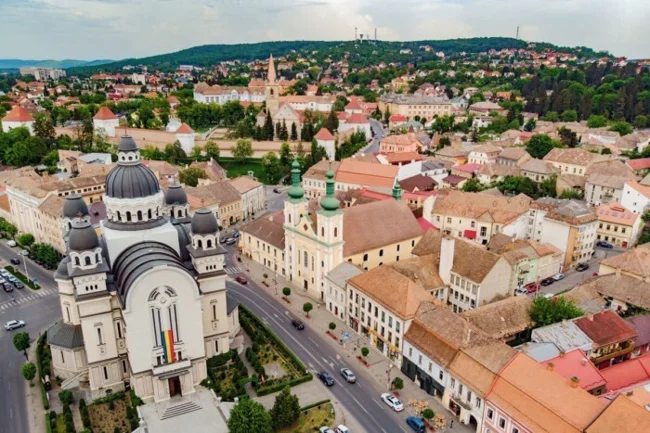
Buzau
The first settlements on the territory of the city of Buzau were before our era. Now this city is inhabited by 115 thousand people, 95% of whom are Romanians. The city is located on the banks of the river of the same name. The city has a well-developed production of metal products, wire and plastic products. There is a clothing and food industry. A geological reserve was formed twenty kilometers from the city. The miniature mud volcanoes of Berca became active after the earthquake. They throw dirt in all directions. At the same time, gas comes out of the ground, which sometimes ignites spontaneously.
Population – 115 thousand people (2011) 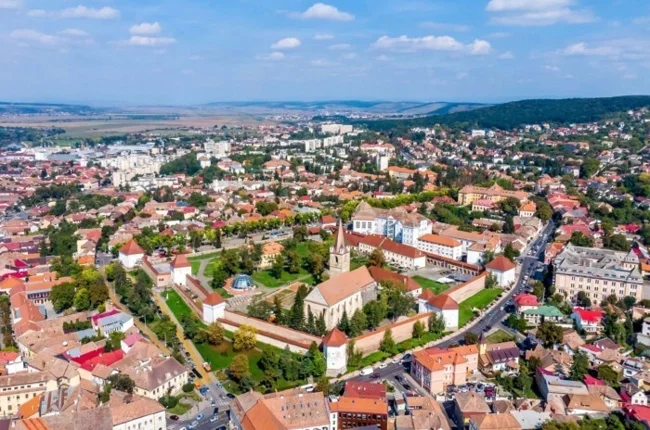
Botosani
The history of the city begins in the 11th century. The population of the city is already more than 100 thousand people, mostly Romanians. Probably, the name of the city is associated with an ancient influential family of boyars named Botosh, who lived in the 15th century. The city grew in the second half of the 20th century due to residents of the surrounding villages who came to work at socialist enterprises. Nowadays, the city of Botosani has a developed textile and food industry, producing children's toys and metal products. Among the cultural buildings, the Eminescu Theater is especially significant.
Population – 106 thousand people (2011) 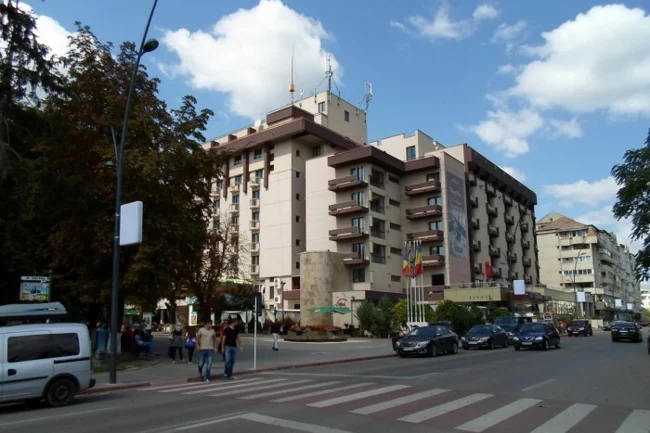
Vaslui
The city has the same ancient history as many cities in Romania. Since 1968. Vaslui began to develop especially intensively. During socialist times, ventilation systems were produced in the city. The chemical industry and the production of polyester threads were developed. Privatization took place and many of these enterprises ceased operations. There are forests and lakes in the vicinity of the city.
Population – 47,155 people (2017) 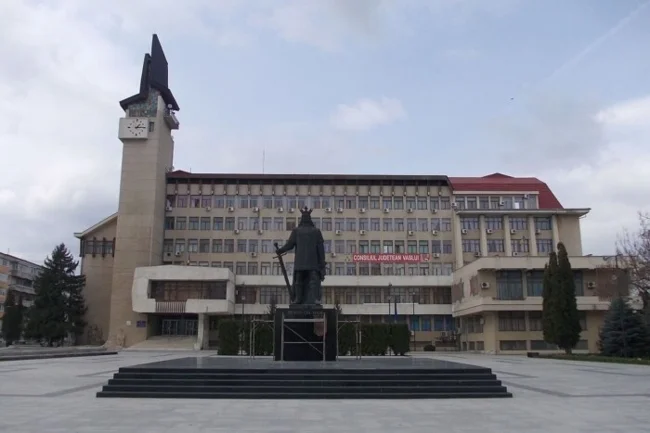
Satu Mare
The population is almost 100 thousand people. These are Romanians and Hungarians. Satu Mare is located between Vienna and Bucharest on the Somes River. Its architecture is somewhat reminiscent of these two capitals. The city has preserved buildings from the 19th and 20th centuries. Modern Satu Mare is a transport hub with a developed leather and textile industry. Mining and transport equipment is produced here. On the site of the modern city there is a restored fortress, Castrum Zatmar. This is a pentagonal wall with five towers.
Population – 102 thousand people (2011) 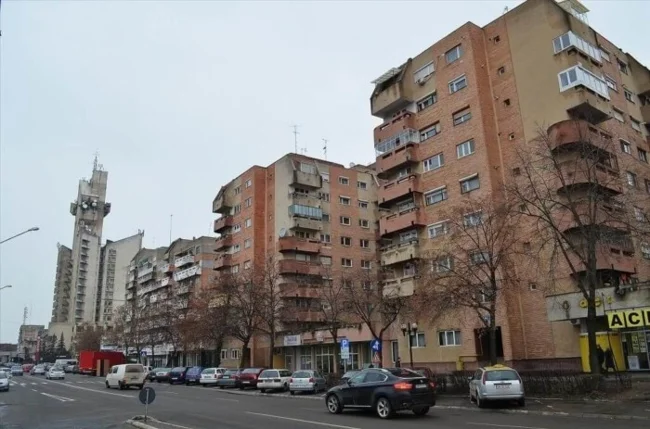
Focsani
The city owes its name to a boyar family with the surname Foksha. The history of the city began in the 13th century. Fokshani is located on the Milkov River. The modern city is a large industrial center with developed infrastructure. Winemaking, mechanical engineering, and woodworking industries are thriving.
Population – 94,408 people (2016) 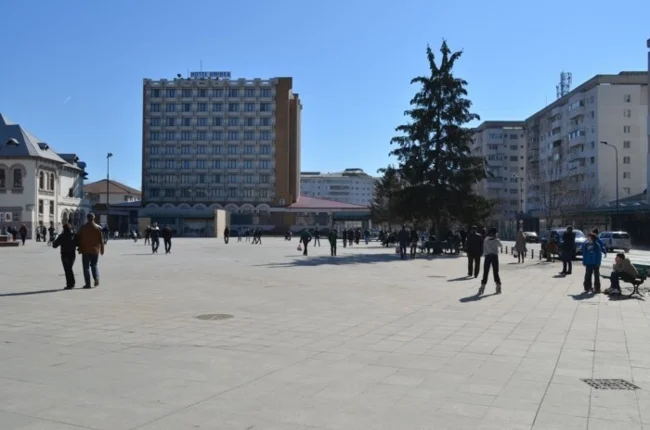
Ramnicu Valcea
The city of Ramnicu Valcea is located on the banks of the Olt River at the mouth of the Olanesti River. The city has been known since the 14th century as Râmnicu Valcea, a small industrial town. In the vicinity of Ramnicu Valcea there is the balneological resort of Calimanesti, where there are thirty mineral springs. Twenty kilometers from the city there is a monastery called Koziya. The city is more interesting for its favorable location among the hills, although it has an ethnographic museum and areas of old buildings.
Population – 98,776 people (2011) 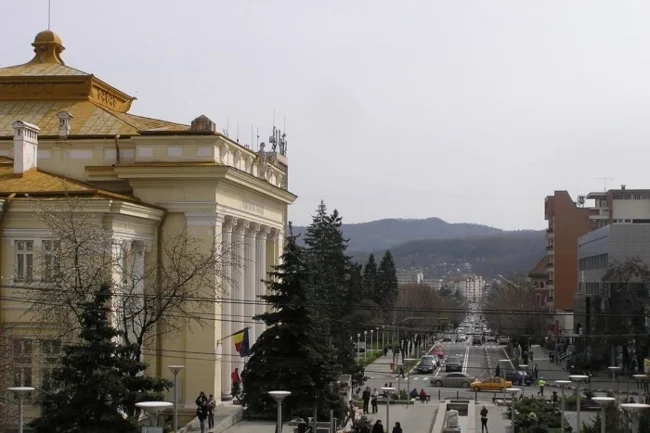
Suceava
It was the capital of the Moldavian principality back in the 14th century. In 2011, more than 100 thousand people lived in Suceava. The history of the city began in the 2nd century. Archaeological finds confirmed this. Hungarian furriers have lived in Suceava since ancient times. And the name of the city can be translated as “furrier’s workshop.” Two fortresses were built near the city at different times. The ruins of a later fortress have survived to this day. Since the fifties of the last century, archaeological excavations have been carried out in the fortress many times.
Population – 116 thousand people (2011) 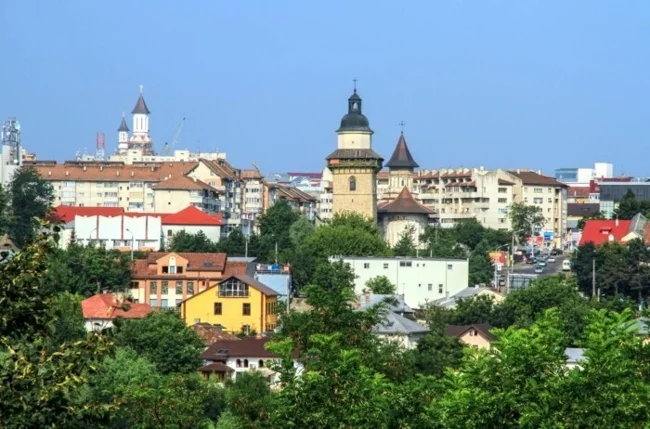
Targovishte
In the Transylvanian Alps, near the Ialomica River, the city of Targovishte is located. It is an industrial city with a history that dates back to the Middle Ages. Prince Vlad the Impaler, known as Dracula, ruled there. The symbol of the city is the Kindia Tower. In the 14th century it served as a bell tower, in the 16th century as a watchtower, in the 17th century as a watchtower, and now there is a museum of the reign of Tepes. The prince's residence was destroyed by earthquakes, leaving only ruins with numerous underground passages, cellars and labyrinths.
Population – 79,610 people (2011) 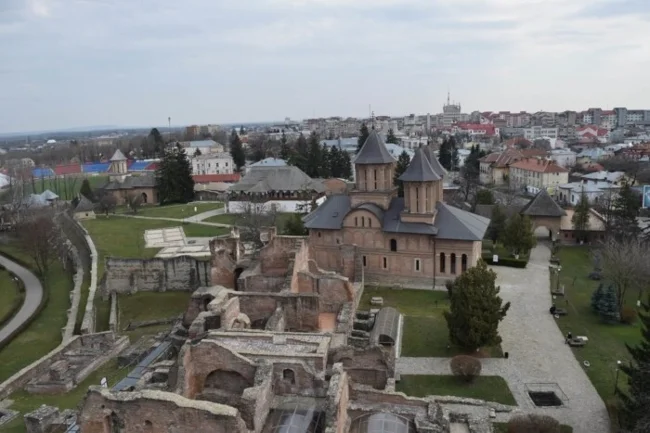
0 comments
